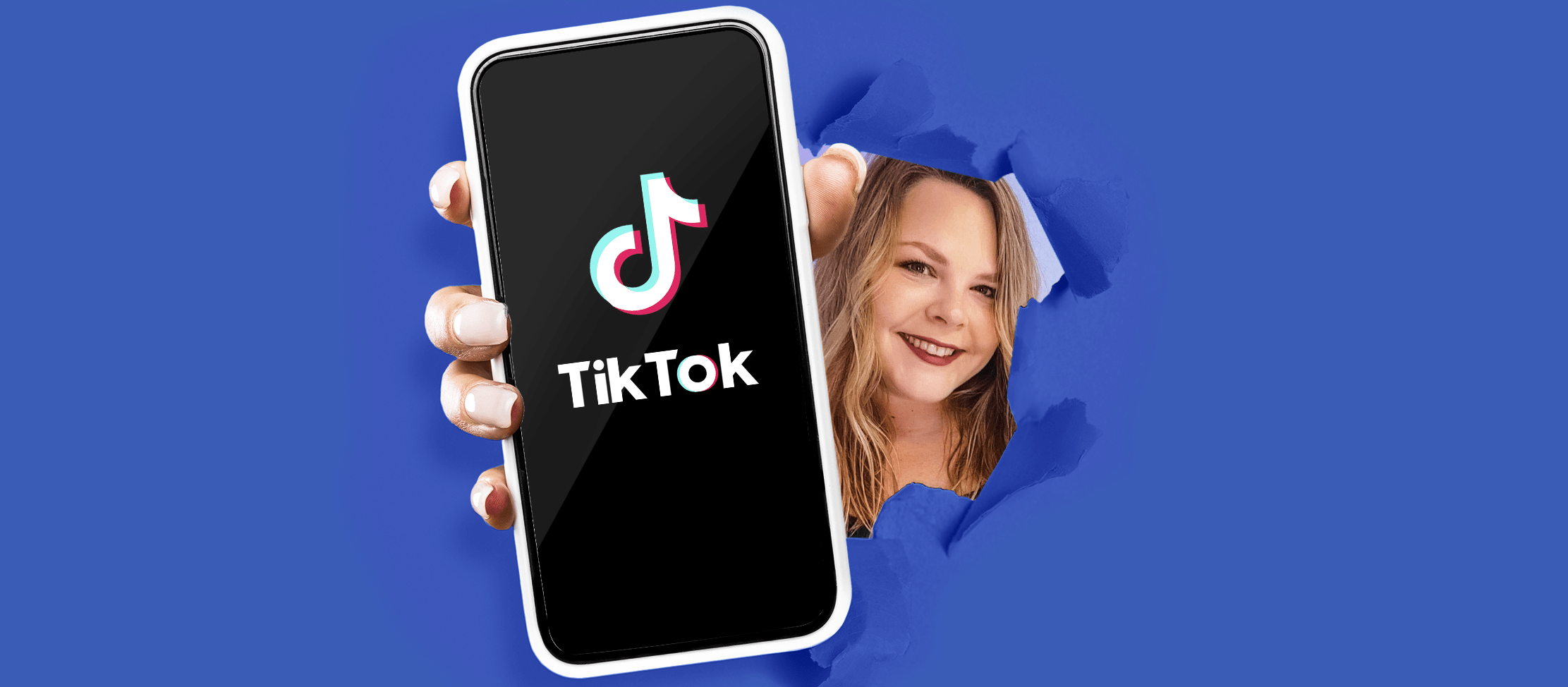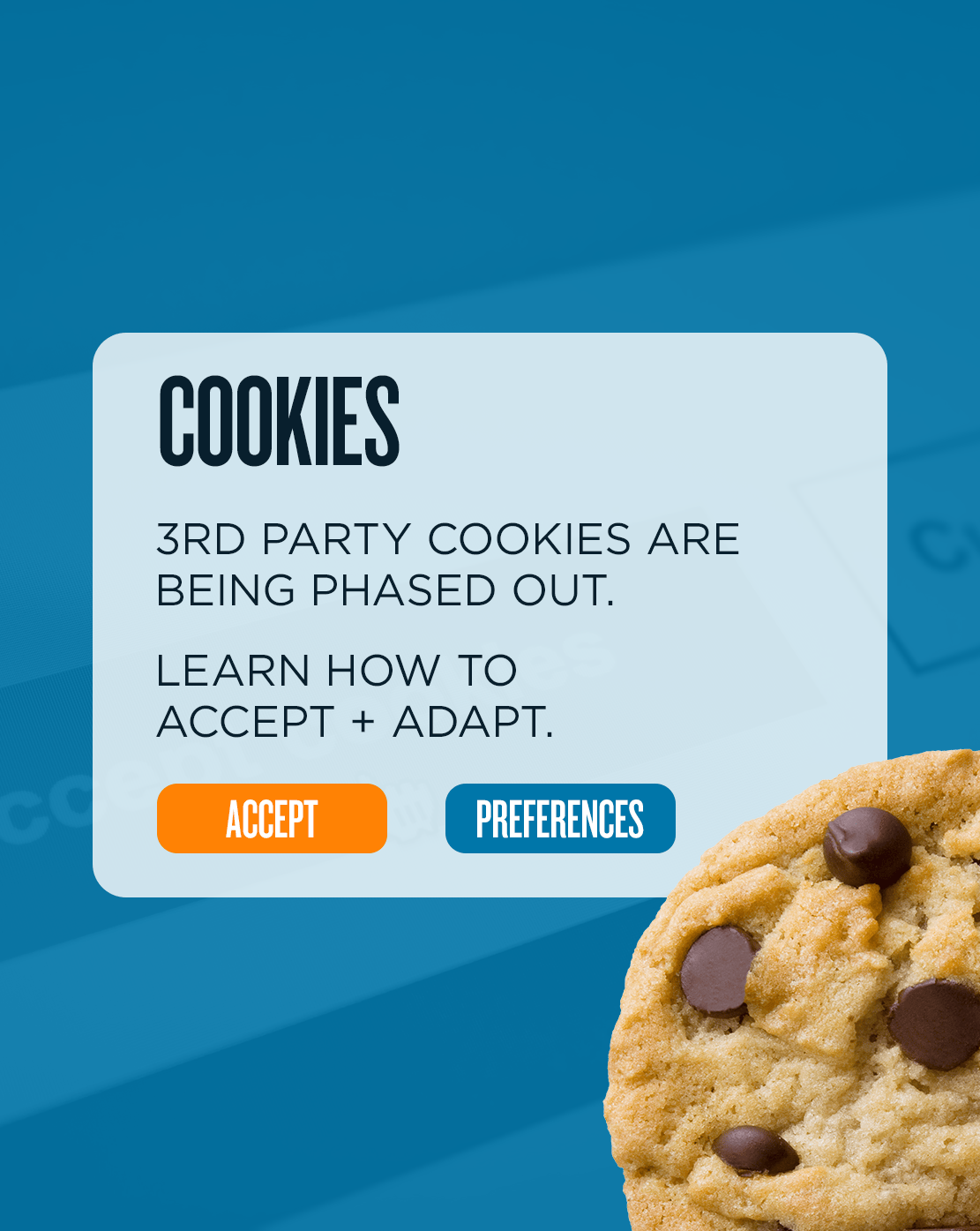
Building A Persona, Not A Brand, On TikTok
Back in 2018, I wrote a blog for EPIC—Our Favorite Sassy Brands—which highlighted brands that dared to go rogue on social media by not following the norm of buttoned-up, corporate brand-speak. At the time, powerhouses like Wendy’s and Taco Bell were dominating the social space with full-blown sass weaved into their messaging and communication strategy. And while these brands still deliver plenty of attitude, they’re no longer an outlier—thanks to the rising popularity of TikTok.
A successful company TikTok is one that acts more like a creator than a company. – Zaria Parvez, Duolingo
Brands from Kwik Trip to Duolingo and even the NBA have gravitated toward the video platform— and for good reason. With more than one billion active users, TikTok represents a huge opportunity for brands to build relationships with a younger demographic and create engaged communities. They can find success even if their content has absolutely nothing to do with the product or service and may even be a little “unhinged.”
The brand *currently* doing this best uses an owl mascot in its primary content strategy; yes, I’m talking about Duolingo.
A Big Green Bird Goes Viral
The free language learning website and mobile app Duolingo joined TikTok in February of 2021 and spent the rest of the year making a splash on the app.
During an interview with BBC News, founder Luis von Ahn explained the rationale for deciding to take on TikTok (which is no small feat for brands). After identifying TikTok as a major disruptor to Duolingo app users, the team made a strategic decision to meet and interact with users where they spend countless hours scrolling.
With an impressive 3.5 million followers and more than 67 million likes on its content, Duolingo has cracked the code on how brands can find their place on the app.
Here’s how they’re doing it:
- Understanding the culture and truly speaking the TikTok language by working with social media managers who understand the platform & breaking the “fourth wall.”
- Engaging directly with followers, not just on their channel but in the comments of other popular posts.
- Generating unique, relatable, entertaining content—the brand rarely makes an ask or an attempt at a “sale.”
- Working with popular content creators to make unique content and further drive community engagement.
- Using Duo—the big green owl mascot—as an immediately recognizable figure in daily content.
Breaking the Fourth Wall
When brands post to social media platforms, they’re speaking from a brand voice perspective. But at the forefront of every social page is one or multiple social media managers who help drive community engagement and messaging—and sometimes create a more relatable, relaxed tone.
Brands that are successful on a platform like TikTok are usually driven by one social media manager who uses their personality, knowledge of platform nuances, and quick wit to represent an entire company. Exactly like Zaria Parvez, who is the personality behind Duo and often co-stars alongside the green bird.
Content for social media should always have a human element and be based on transparency.
To give some background on the format of the app, users engage with the For You Page (FYP), which consists of a few different niche communities relevant to the viewer along with trending content. For example, one of the niche communities you’d find on my FYP is #SMMTok (Social Media Manager Tok). As more brands join the world of TikTok, there’s increased popularity for users to acknowledge and interact with the actual person running these accounts. It’s what we in social media like to call breaking the fourth wall.
By breaking down the barrier, you’re creating the opportunity for users to see your brand as a part of the TikTok community and want to engage. Parvez sums it up best: “A successful company TikTok is one that acts more like a creator than a company.”
This doesn’t mean you need to create a mascot to represent your company—but you can start by establishing your brand’s personality. Is it someone within your company? Is it a content creator that matches your values? Whatever route you choose, your account needs to feel human.
This doesn’t mean that being sassy or “unhinged” on social media works for every brand or every platform. Evaluating internal goals and budgets will help establish which platforms and tone make sense for your company. But one thing we can say for certain is that content for social media should always have a human element and be based on transparency. As users become savvier about what they consume, your content strategy should follow suit.
Recommended







